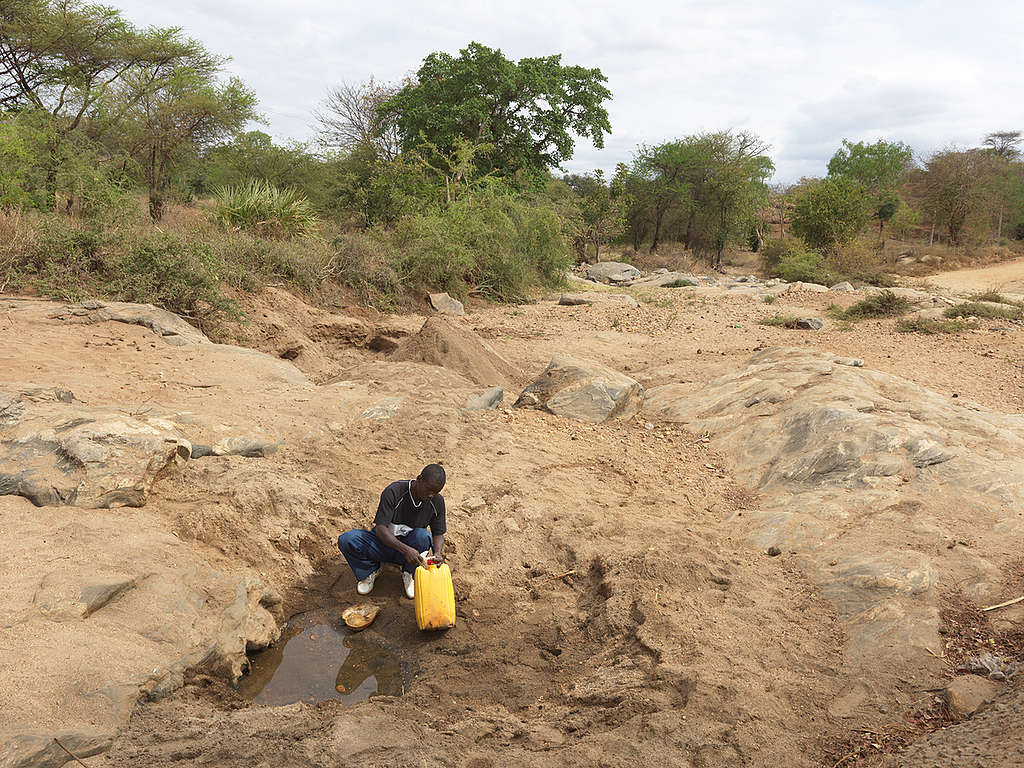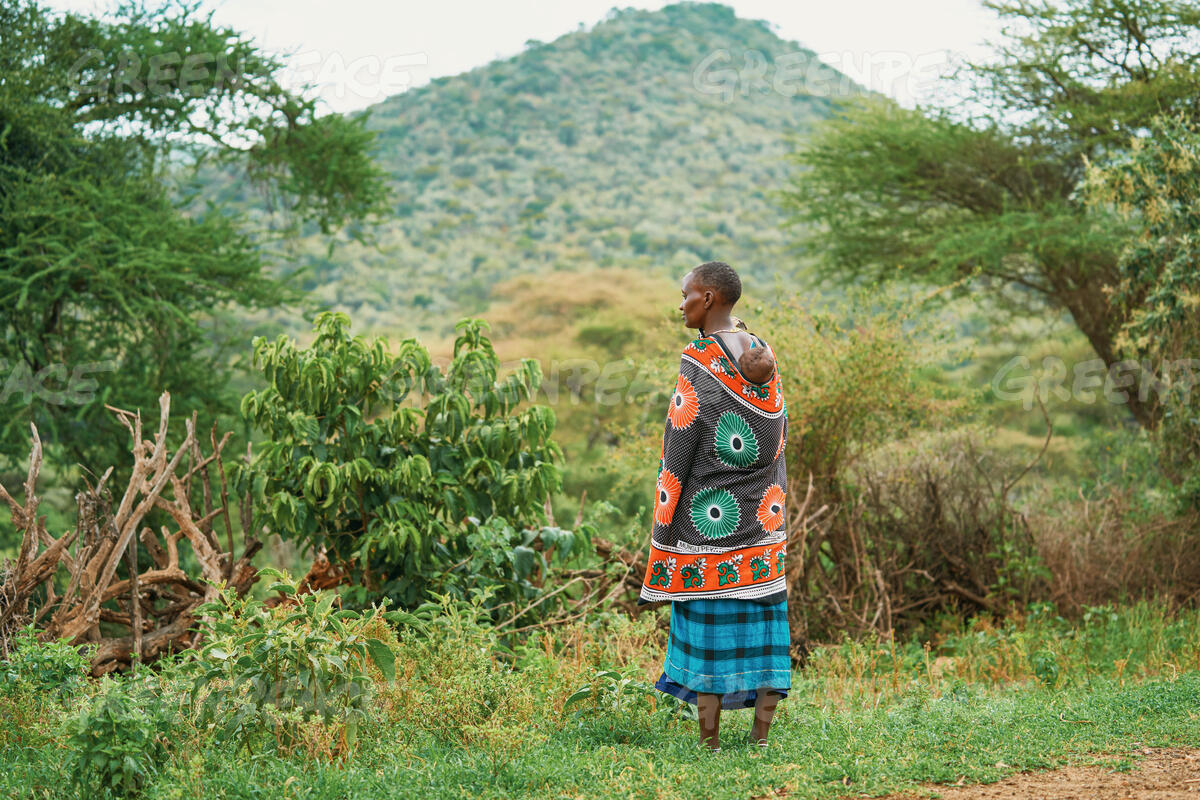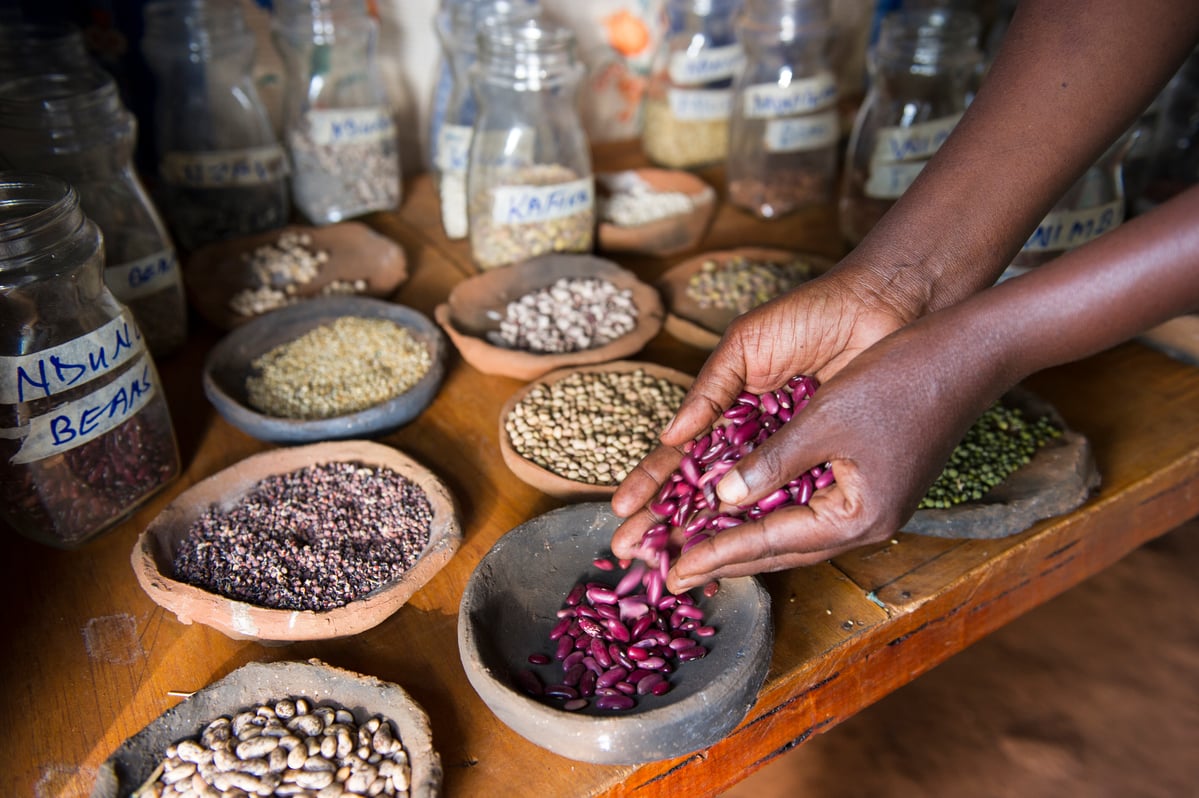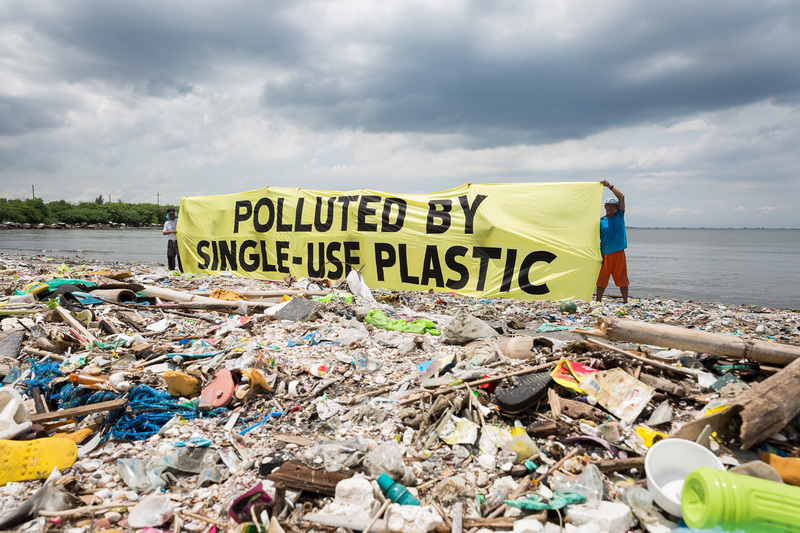
Geographically, Kenya is strategically placed along the equatorial region with generally friendly climatic conditions that are moderate on both extreme ends. Despite receiving high and average amounts of rainfall, some regions experience a low amount of rainfall, which can be made water secure if water harvesting, storage, and distribution are done appropriately. With the current water engineering knowledge and skills, Kenya should not be suffering from water shortage even during the hot and dry seasons of the year.
Forests in Kenya, and also globally, are essential resources for ensuring balanced and stable terrestrial and marine ecosystems. Apart from acting as a carbon sink and purifying the air, forests also prevent and mitigate floods., They also provide food to citizens and animals, source of timber for shelter and furniture, inhabitants for wildlife, and their respective tourism industry sector. It is imperative to understand that our forests, such as Mau Forest, mount Elgon Forest, Aberdare Ranges Forest, and Mount Kenya Forests are fundamental water catchment areas. Forests are the major contributors to the holistic water cycle systems which makes the process functional; providing us with ample rainfall. I make a clarion call to all citizens and to our national government as well as the county governments to jealously protect these water catchment areas and where they are destroyed be reclaimed and restored.
We are experiencing worrying trends in Kenya at the end of every rainy season. After two to three months, we see people, unfortunately even in regions that receive high amounts of rain, complaining about how they don’t have clean and safe water for their domestic and agricultural needs. Painfully, we hear and watch from media houses how fellow citizens’ farmed crops are failing before they reach the harvesting stage. People and animals starve to death; a frustrating state that forces different stakeholders to swoop in and start mobilizing funds for water distribution and food programs for the most affected regions. Much welcomed course of action but shouldn’t we be dealing with the origin of the problem instead to help us move away from this cycle every dry season?
Think about this; if the funds we use to distribute water and foodstuffs during the drought periods are injected into water security projects across the country; we would turn these perennial ordeals of drought and famine into a water and food-secure country. This must be done proactively and given priority by the national government to avert the repetition of the threatened drought cycles. We are capable of coming up with homemade water and food security solutions and capitalizing on land as well as water resources. We have the potential to be exporting food to our neighboring countries; that means economic growth for our country. Note, the political will of our leaders is a prerequisite for these water and food security projects to be funded and implemented successfully.
If no intentional climate action is taken on tapping the current rainwater, we shall go back to the same complaining syndrome of the rainy season being late, this time around the rain is very little or the rains are too much. We must act right especially in times like these when we are having a lot of rainfall- harvesting the rain waiter is a must for us to secure water for tomorrow.
To insist on this, the relevant government ministry and agency that deals with water must use our water catchment areas, which are very diverse; in our indigenous forest rivers, freshwater lakes, and streams that are around the country, and innovatively harvest water and evenly distribute it to Kenyans. Proper use of water or rather the management of these water sources and resources is the biggest challenge we have as a country. Such a challenge can be overcome if priority and resources are channeled right there in.
Water security is a prerequisite for achieving sustainable forests, stable ecosystems, and food security. Without that, the people, fauna, and flora are always on the verge of water and food scarcity, starvation, and death.
It is not only the people and the domestic animals that are in danger but also our wildlife. Our wildlife is suffering from drought and famine in their natural habitats like parks. This directly affects our tourism industry and drags our country’s economic growth. Altogether, there is still hope for us because through the availability of humans, information [statistics], and technical and financial resources we can start water projects within our parks and shield our wildlife from the suffering pangs of drought and the ultimate danger of extinction. Water security for wildlife is as important as is to us as a nation.
Together, individually and collectively, we can turn climate anxiety into climate hope and hence avert the drought cycles. I believe that we still have time and opportunity to protect and conserve our water catchment resources which have been negatively affected by illegal and uncontrolled logging, the human settlement on wetlands, artificially induced global warming, and climate change that is going to be with us for years to come.
I am firmly convinced that we can take advantage of this current rainy season and harvest the rainwater, and store it to be used in the future when the drought season comes to our doorsteps. I submit to ourselves that, as a country, let us unite and come up with ways to mitigate, adapt and overcome these unpredictable climatic changes. Using our human resource [intellect] and the advanced green technology of our time and thereby achieving sustainable livelihoods.
Article by:
BEN NJUIRI.
Volunteer,
Greenpeace Africa-Kenya
25th March 2023.



